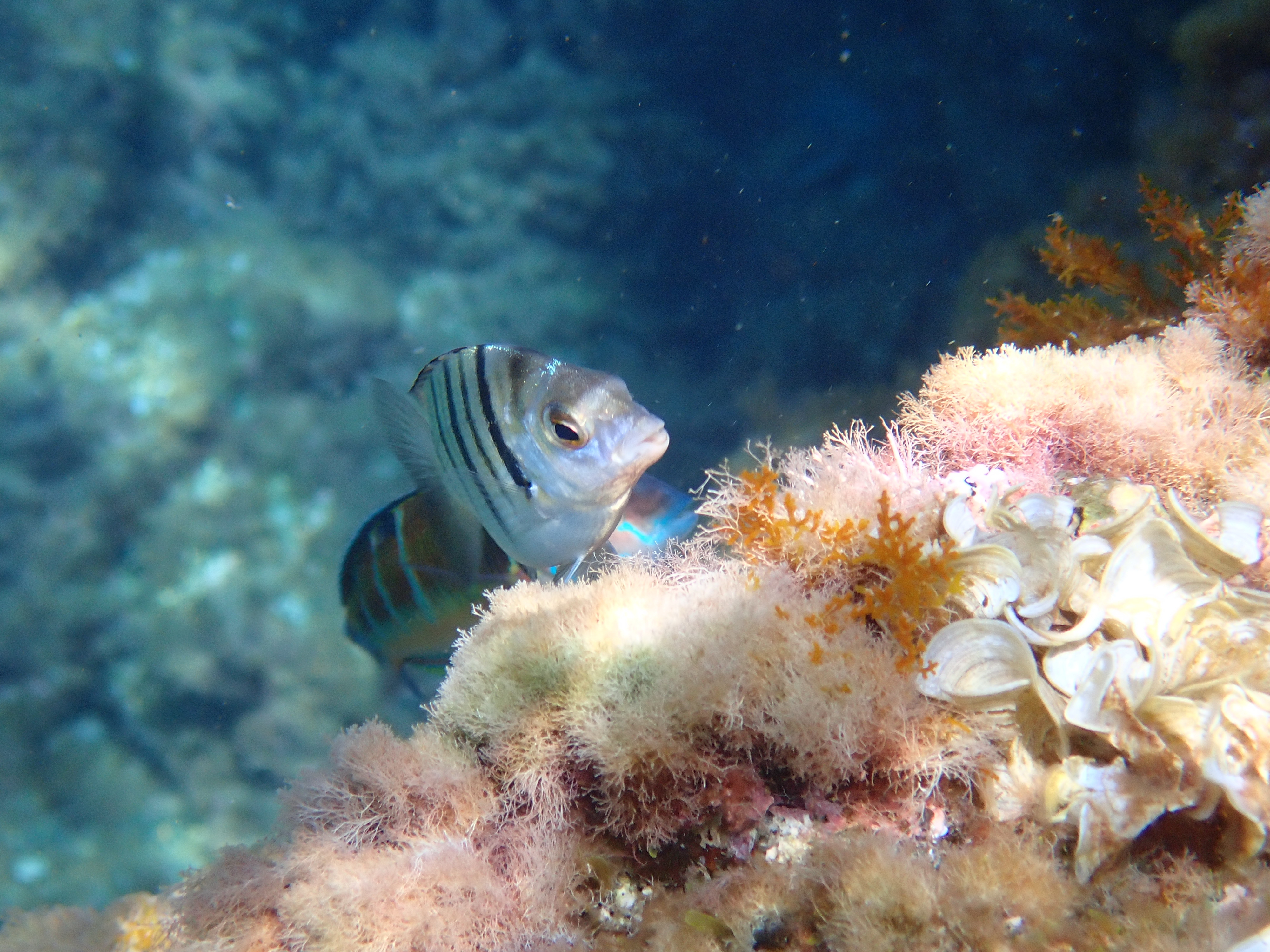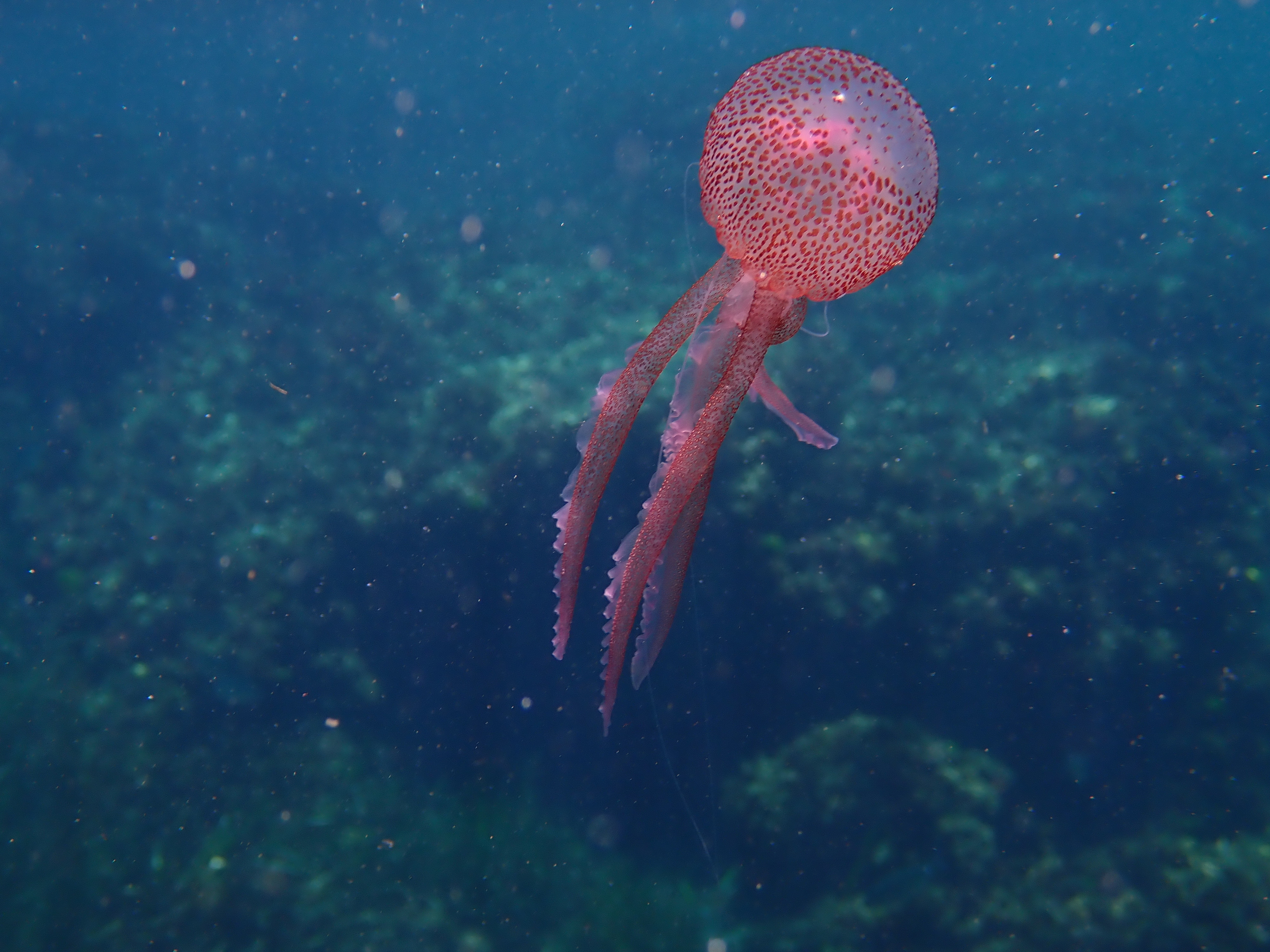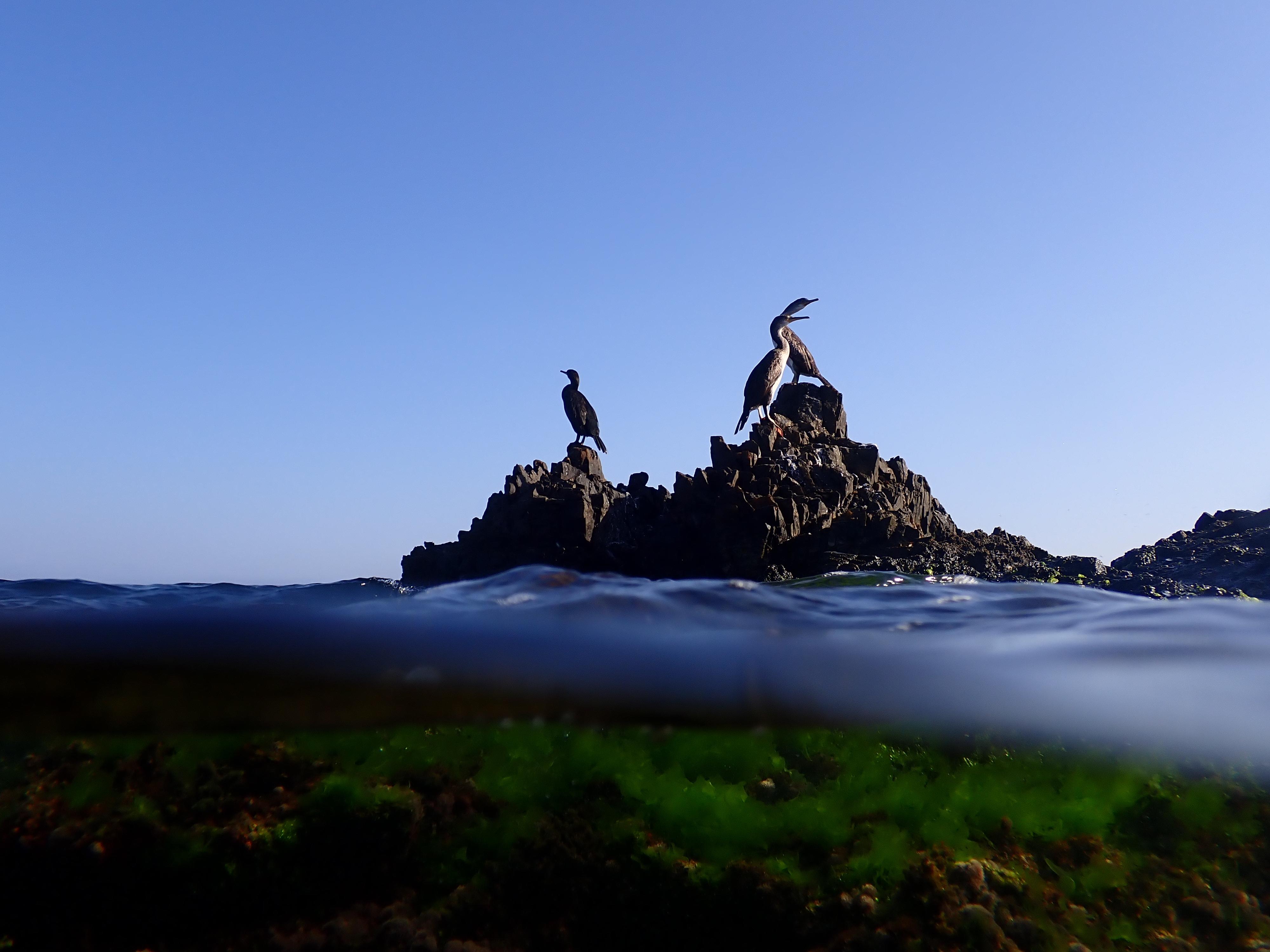People & MPAs – 30x30 Story Collection
Behind the Paper Parks: What Spain’s MPAs Reveal About Protection on Paper vs. Reality
September 30, 2025
By Maria Elena De Matteo
Based on a conversation with Spanish MPA experts Michael Sealey (Senior Policy Advisor, Oceana), Noelia Hernández (Ocean Policy Consultant, Oceana), and Pablo Rodríguez Ros (30x30 Program Lead, Marilles/Med Sea Alliance team). Lightly edited for clarity and flow.
When Noelia set out to map how many strictly protected Marine Protected Areas (MPAs) are in Spain, she didn’t expect to get lost in a maze of documents, outdated links, and missing pages.
Weeks into the research, she still had not found a single website that could answer a simple question: How much of the Spanish waters are truly under strict protection? The deeper she dug, the clearer it became. Spain’s marine protected areas may look impressive on maps, but in practice, many are what conservationists call “paper parks”: protected in name, but not in enforcement.

“We have many designations. But are the rules clear enough? Do they really translate into effective protection on the ground?”
Pablo Rodríguez Ros, 30x30 Program Lead at the Med Sea Alliance, has worked on Spanish MPAs for years. When asked about management, he’s quick to clarify: Yes, protection statuses exist. Multiple, in fact. Sometimes overlapping. A single coastal stretch can be a National Park, a Natura 2000 site, and a SPAMI (Specially Protected Area of Mediterranean Importance) — all at once.
But that doesn’t mean it’s being managed.
“Most of these areas have no fishing restrictions,” he explains. “Trawlers go through them regularly. They’ve been declared, but not enforced.”
Michael agrees. In Spain, MPAs are managed either by the central ministry or by regional governments, such as the Balearic Islands, not by local councils. Regulations are published in the national legal bulletin (Boletín Oficial del Estado), rarely on accessible public portals. There are very few dedicated websites explaining the rules to fishers, divers, or community members. In some cases, even scientists struggle to find out who to contact.
The burden of overlapping protections
Take the Cabrera Archipelago. It’s a National Park, it’s also a SPAMI, and it’s part of Natura 2000. This kind of overlap isn’t a problem in itself — it’s common across the Mediterranean — but it does raise a question: if so many protections are in place, why is enforcement still weak?
One reason is scale. Larger MPAs are more challenging to patrol and politically complex to manage. In contrast, smaller MPAs — such as Islas Medas, Islas Hormigas, or Columbrettes — have developed practical management systems. Local fishers and divers are familiar with the rules. Restrictions are real, not theoretical. Here, conservation coexists with sustainable use — and crucially, with shared governance. Because local communities are part of the decision-making and directly see the benefits, there is stronger acceptance and compliance with the rules.
Research and practice suggest a contrast: smaller areas with strong local involvement are often easier to manage, while larger areas are scientifically proven to deliver greater conservation benefits. In reality, both are needed to ensure Spain’s marine biodiversity is effectively protected.

A frustrating research journey — and a systemic problem
As part of a Med Sea Alliance research project, Noelia set out to identify how many marine protected areas in Spain fall under strict protection, what regulations apply to them, and how much of the country’s waters they actually cover.
However, they soon encountered a roadblock: Spain’s MPA landscape appears impressive on paper, but is difficult to track in reality.
There’s no central platform where you can view all MPAs, their management, or the activities allowed. Some areas have detailed plans buried in archives; others were declared more than a decade ago and haven’t received adequate follow-up through systematic monitoring and adequate enforcement.
What began as a research task evolved into something deeper — a reflection on how environmental governance can falter when there is a lack of visibility, accountability, communication, and coordination between fisheries and environmental management, as well as between regional and central administrations.
Strict protection, real impact
Still, there are glimmers of hope. Islas Medas in Catalonia, Islas Hormigas, off the coast of Cartagena (Región de Murcia), El Toro and Tagomago in the Balearics. These are places where protection means something; where fishers, dive operators, and conservation teams talk to each other. Where the word “protected” is not just a legal category, but a lived experience.
These places aren’t perfect, but they prove it’s possible.

What’s next?
There’s no shortage of marine designations in Spain. The challenge now is to turn legal declarations into living protections — ones that local communities can access, understand, and trust.
That means building visibility, strengthening enforcement, and ensuring that the Spanish fisheries secretariat, within the Ministry of Agriculture, Fisheries and Food, fulfils its environmental obligations. Without their leadership in implementing management plans, including for Natura 2000 sites and National Parks, protections risk remaining only on paper.
And protection on paper means nothing if it doesn’t reach the sea, and the people who depend on it.
Get Involved Now
The Mediterranean Sea, a vital hub of marine biodiversity, is facing an unprecedented threat from illegal fishing practices